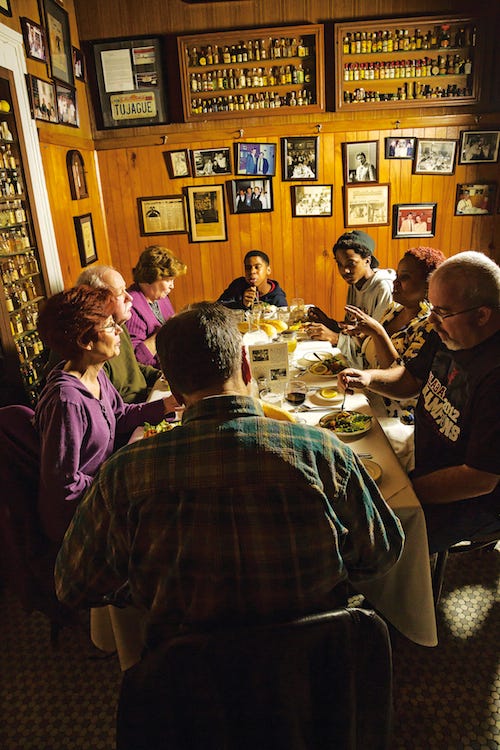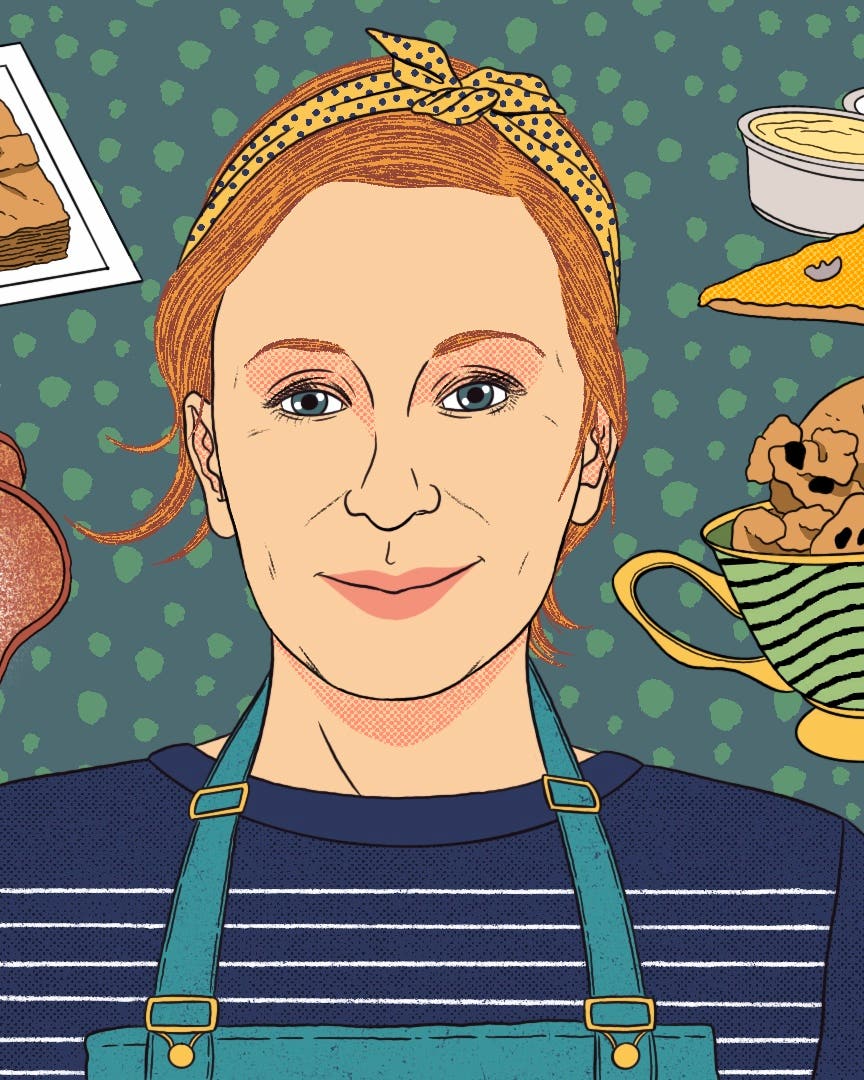
Creole Versus Cajun
This article first appeared in our April 2013 special feature on New Orleans.
As a New Orleans chef, I am often asked to explain the distinction between Creole and Cajun, Louisiana's famous cuisines. It's the difference, I always say, between city and country tables. Creole, from the Spanish criollo, meaning "native to a place," evolved across nearly 300 years in New Orleans—a city founded in 1718 by the French, ruled soon after by the Spanish, and home over the centuries to arrivals from all over Europe, West Africa, the Canary Islands, and the Caribbean. Creole food is classically French in spirit, exemplified by rich dishes such as shrimp remoulade and trout meuniere. But it borrows elements from the cooking of all of the city's populations. Spaniards brought the bell peppers that, along with onions and celery, compose the "holy trinity," Creole's version of a mirepoix, the flavor base of so many dishes. Sicilians introduced canned tomatoes, commonly used in Creole sauces. File (ground sassafras leaves), an earthy gumbo thickener, comes from Native Americans; okra is African, while spicy cayenne is Caribbean. Cajun food, on the other hand, has its origins in the countryside of southwest Louisiana, called Acadiana, where the Catholic French colonists of Acadie (Nova Scotia) started settling in the 1750s when they were expelled from Canada by the British. There, they continued their traditional ways, trapping, fishing, and pig farming. Though also French-based with multicultural influences, Cajun cuisine is founded on hearty one-pot cooking and rustic ingredients—salt pork, corn, and wild game and seafood. Soups and stews are built on a long-cooked roux made with lard or oil—darker and more intense than the butter-based Creole version. Cajun cooking wasn't familiar to city folks until Paul Prudhomme and other Acadiana-born chefs popularized it in the 1970s, but the ubiquity of crawfish, pork products, and deeply colored gumbos show how thoroughly New Orleanians have embraced this rural cuisine.
Keep Reading
Continue to Next Story










